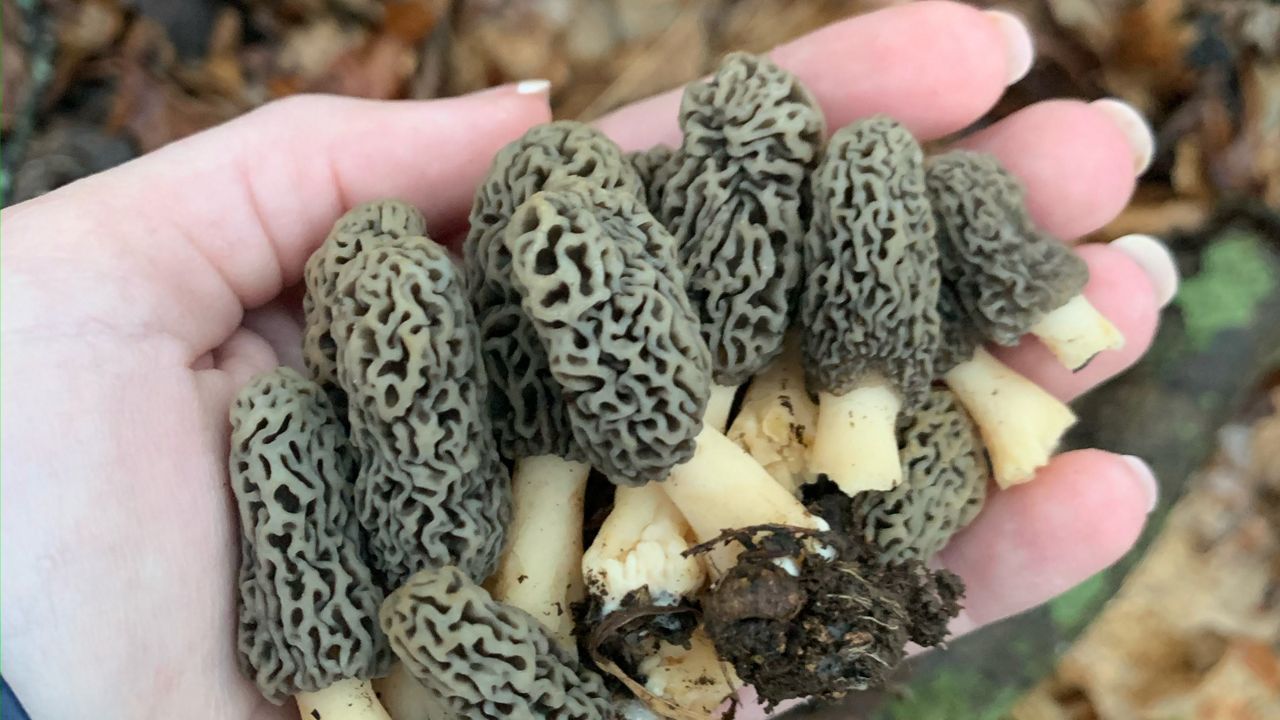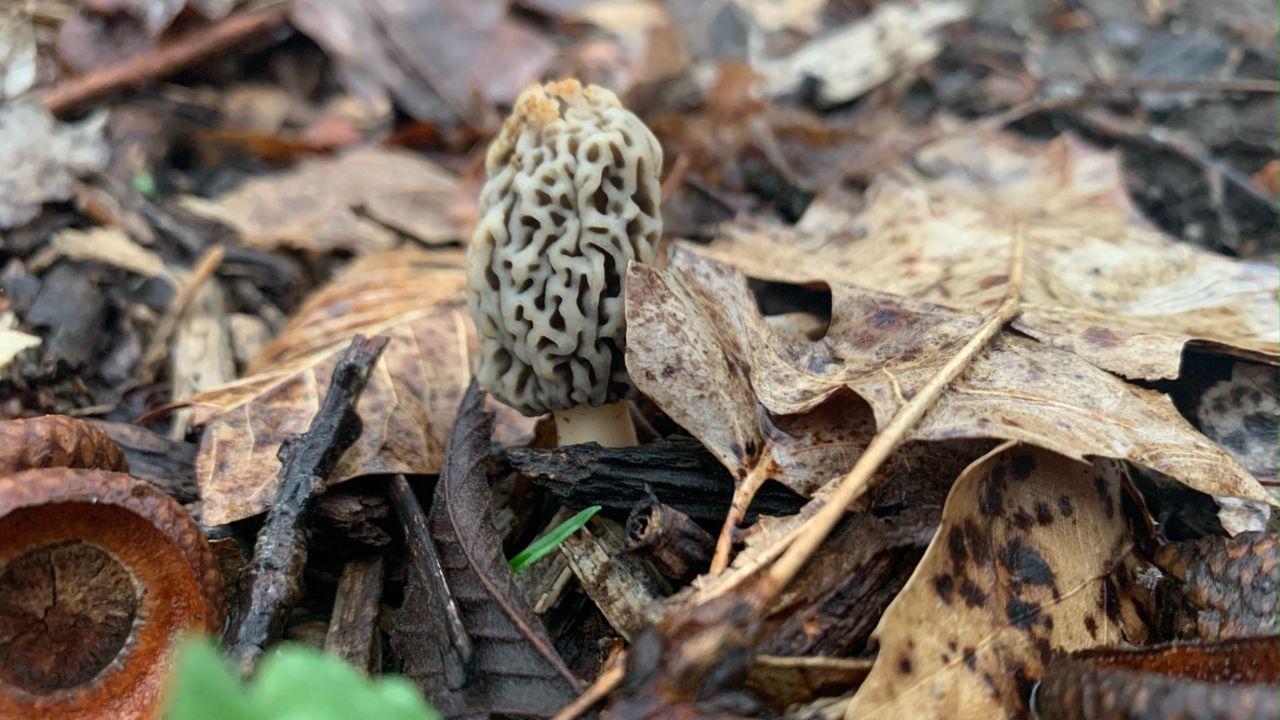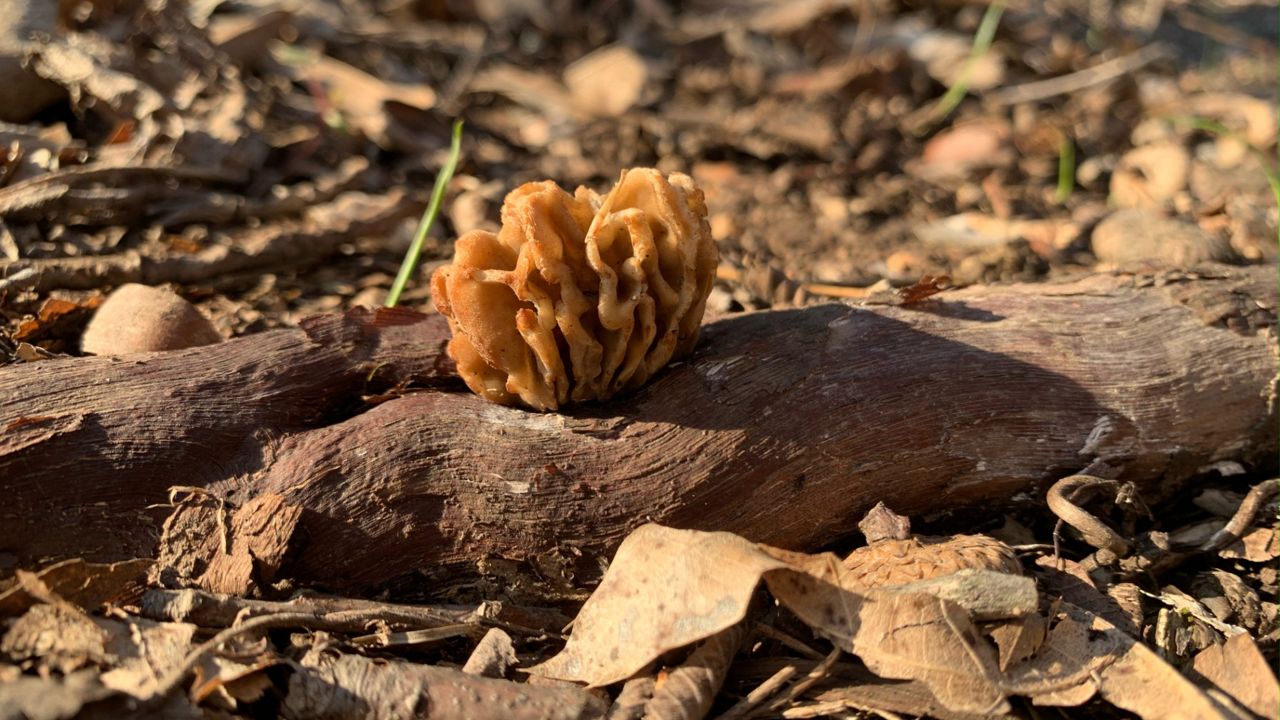Spring in Missouri means several things, from Cardinals baseball to outdoor events and local farmers’ markets to even something some would consider a sport: morel hunting. If you know, you know…
Morels are a type of mushroom with a short fruiting season. This makes them highly desirable. Crystal Wake, president of the Springfield Chapter of the Missouri Mycological Society, equates morel hunting to an adult Easter egg hunt.
“Hunting is really just going out into the woods into areas that you think you might find them.”
When asked if there is a particular place to locate them, Wake noted, “That is the million-dollar question, isn’t it? No avid morel hunter will willingly give up the exact location of their ‘honey hole,’ as they’re frequently called.”
"Honey hole" or not, only certain weather will produce these delicacies. “The best weather is rain, rain, rain and sun. Soil temps need to be in the 50s consistently for about five days.”
Late March through early May is typically the best time of year in the Missouri region.

With plenty of deciduous forests, morel spots in the Show Me State are accessible. Live or decaying/dying ash, elm and apple trees are popular points. Rarely are they found under conifer trees, yet one can get lucky.
Although she won’t disclose her exact location, Wake says “I have had the best luck around live sycamores near wet weather creeks. You need a place with the right amount of moisture and sunshine to warm the soil in early spring.”
Missouri state parks have plenty of these attributes and can be ideal locations. Obey rules of the park, staying on designated paths and don't litter.
Spotting them on the forest floor can be difficult, but Wake has a trick that has proved successful. “It’s best to go around sunrise as the angle of the sun can light up the morels like ‘little lanterns,’” as she calls them.
If you forage late in the day, direct sunlight may cause the mushroom to shrivel up in dry heat.
Stephanie Fitzgerald has been morel hunting for the better part of 15 years and considers herself well-versed on locations of these fungi, yet she has found them in random locations.
“I’ve literally found one growing amidst a gravel driveway before, so I don’t feel like there’s a whole ton of rhyme or reason to it,” adding that she prefers to search close to a flat-water source or mossy area.

Although she has come up empty on various occasions, she had one hunt yield her over 50 mushrooms and one season she counted well into the hundreds. “One year in particular, we had so many we couldn’t keep up.”
Morels are pretty distinguishable from other types of mushrooms because of their appearance, yet it’s always best to verify that you have the correct fungi before consuming them.
Fitzgerald says to make sure the mushroom is hollow inside and recommends "A Guide to Missouri’s Edible and Poisonous Mushrooms," published by the Missouri Department of Conservation.
As for what Fitzgerald does with them once she gets them home from hunting, “I take them home, cut them in half, soak them in salt water for a day… bread and fry them the next day.”
Most recipes found are similar and it's best to keep it simple. From frying them to sauteing them with butter and onions and serving with eggs, you don’t want to dilute their flavor. Let their earthy, umami and nuttiness come through your dish.



